
Two Homelands
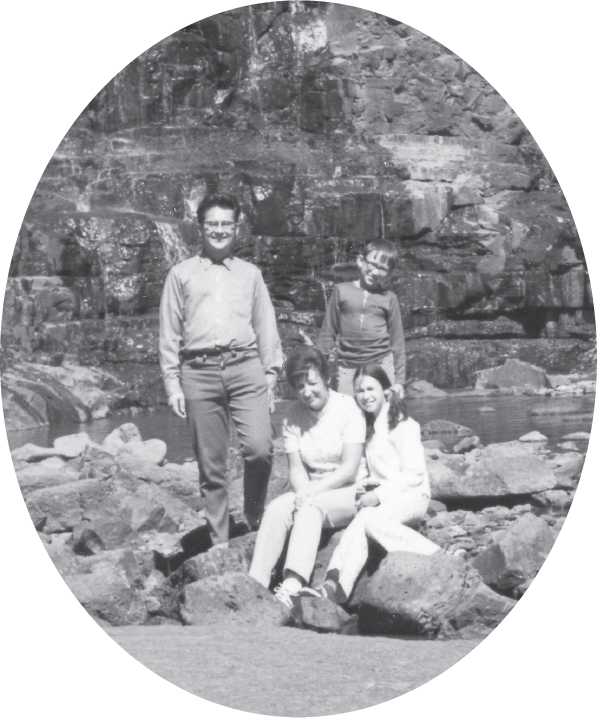

Two Homelands
A Historian Considers His Life and Work
ODD S. LOVOLL

| NORWEGIAN-AMERICAN HISTORICAL ASSOCIATION |

The publication of this book is supported by an anonymous endowment for Norwegian American History in Minnesota.
Text copyright 2018 by Odd S. Lovoll. All rights reserved.
No part of this book may be used or reproduced in any manner whatsoever without written permission except in the case of brief quotations embodied in critical articles and reviews.
For information, write to the Minnesota Historical Society Press, 345 Kellogg Blvd. W., St. Paul, MN 551021906.
Unless otherwise indicated, all photos are taken by or in the possession of the author.
www.mnhspress.org
www.naha.stolaf.edu
The Minnesota Historical Society Press is a member of the Association of University Presses.
Manufactured in the United States of America
10 9 8 7 6 5 4 3 2 1
 The paper used in this publication meets the minimum requirements of the American National Standard for Information SciencesPermanence for Printed Library Materials, ANSI Z39.481984.
The paper used in this publication meets the minimum requirements of the American National Standard for Information SciencesPermanence for Printed Library Materials, ANSI Z39.481984.
International Standard Book Number
ISBN: 978-1-68134-115-6 (paper)
ISBN: 978-1-68134-120-0 (e-book)
Library of Congress Cataloging-in-Publication Data available upon request.
This and other Minnesota Historical Society Press books are available from popular e-book vendors.

for ELSE
Contents
Two Homelands
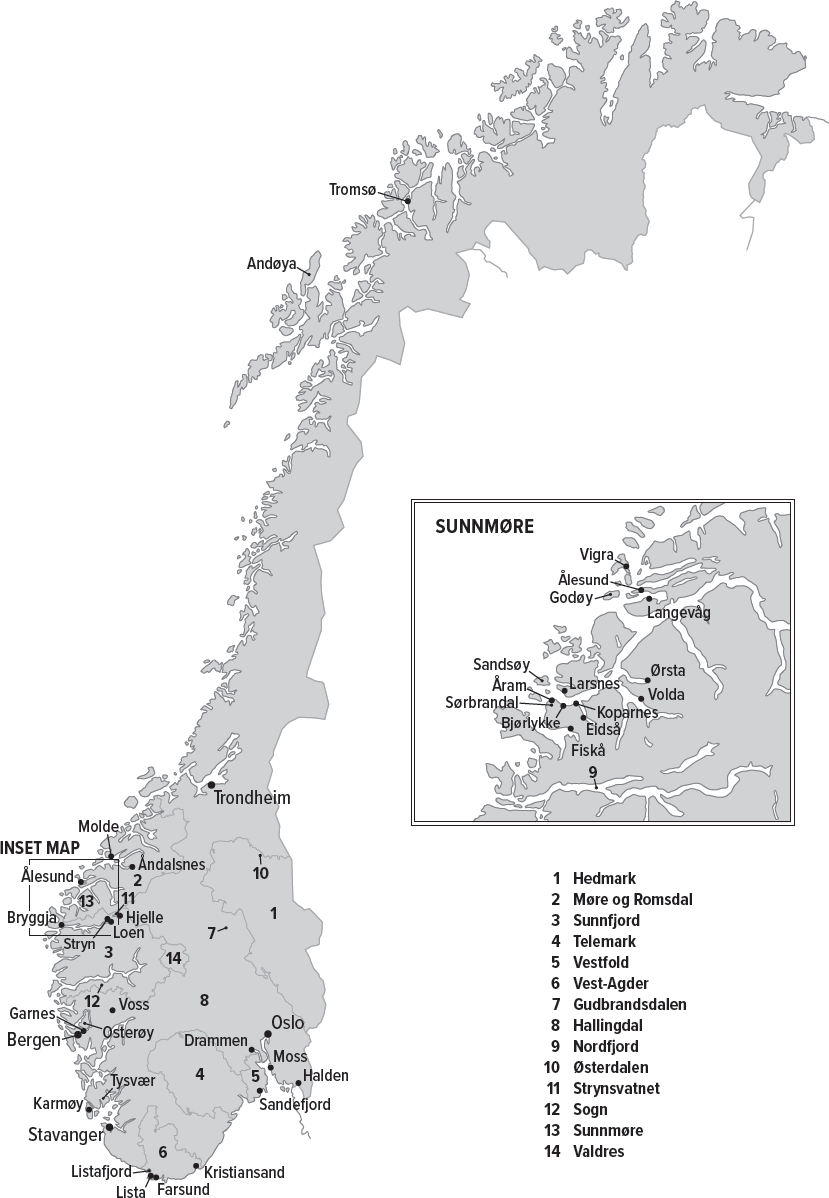

Introduction
M Y MEMOIRS REFLECT strong ties throughout my life to my native landNorwayand to my new homelandAmerica. During my childhood, my familys geographical universe was limited to the small farmstead Bjrlykke on the Rovdefjord, then in the municipality of Sande, in the southern district of Sunnmre. Sunnmre is the southernmost district in the coastal province (fylke) of Mre og Romsdal, part of a region identified for centuries as Northwest Norway (Nordvestlandet). lesund constitutes the main urban center.
Personal relationshipsmost especially with my immediate familyrepresent a major theme of my life and are lovingly included in this book: my father, Alf Lvoll (Lowell) (19011986); my mother, Astrid Aase Lvoll (19071994); my siblings, Magnar Bertel (19311950) and Svanhild (1937 ); my wife, Else Olfrid Navekvien Lovoll (19352011); our children, Audrey Merete (1960 ) and Ronald (1963 ); and their spouses and our five grandchildren have all been an essential and priceless part of my life.
A second theme relates to my strong interest in and contributions to scholarly historical topics associated with Norwegian migration to America and with Norwegian American history. My journey as a citizen of both Norway and the United States awakened and sustained a lifelong interest in the immigrant experienceand it all began as an odyssey of self-discovery.
With the opening chapter, the narrative of my lifemy personal reflections and memoriesis placed in a larger historical context. Sunnmre had a late and relatively small overseas migration, yet only my grandfather, one of five brothers, did not emigrate. My father had spent six years in the Pacific Northwest when I was born. America was thus a close reality. Alf found employment on a Norwegian whaling factory ship and was in Africa when the Germans occupied Norway in the spring of 1940. As a US citizen, he returned to America and was a missing father for seven long years. The difficult half decade of German occupation is placed in a broad context, with connections to the Holocaust and the painful and lasting memory of Norwegians of Jewish heritage being deported and executed in gas chambers.
The second chapter shows how an established and aging Norwegian American community responded to the German occupation of Norway. A large Norwegian community in exile existed, consisting of the Norwegian royal heirs, politicians, prominent people, and seamen. Relief efforts for Norway, the free Norwegian merchant fleet organized as Nortraship, the Little Norway training camp in Canada, and the Norwegian-speaking 99th Infantry Battalion activated at Camp Ripley in Minnesota are all a part of the story.
The third chapter features a new life in America, which began the summer of 1946 when my mother, brother, sister, and I joined Alf in Seattle, Washington. As part of the growing postwar Norwegian American community, we immigrant children faced challenges in adjusting to the demands of accepting and acclimating to a new societya topic much neglected in scholarship. My personal relationship to religion and how it was altered by new circumstances is a part of the narrative.
In repatriation, also a neglected topic, and its place in the history of migration. And then I married Else, the love of my life, and we started a family: Audrey, born in 1960, and Ronald, in 1963.
In , America comes calling. Eventually the entire family, including my father, felt the return to Norway had been a mistake. In 1967, Else and I and our two children moved to Grand Forks, North Dakota, where I would teach at the University of North Dakota. I pursued my graduate studies, and in 1973 earned a doctoral degree in US history with specialization in immigration at the University of Minnesota. From 1971 until retirement in 2001, I served on the faculty of St. Olaf College. My ties to Norway were apparent in my appointment as adjunct professor of history for nine years, 19962005, at the University of Oslo.
In the sixth and final chapter, I focus on some of my published works and my passionate interest in comprehending and communicating the complexity and disparate aspects of Norwegian American history. Through it all, my family takes center stage. My life has indeed been enriched by my two homelands and the many people who have been an integral part of it.
CHAPTER 1

A Missing Father
Seven Long Years
R EFLECTING ON MEMORIES from my childhood, I see myself as an eight-year-old boy walking on the isolated gravel roadway pushing a stick in front of him, making lines in the wet surface. Viewing myself initially in the third person creates a positive distance to a better understanding of my youthful qualitiesand seems an appropriate introduction to my lifes story. At times the boy in my memory stops to look at the rushing brooks, flooded by the melting snow, in the steep hillside above the road. On the other side is the desolate beach along the fjord. He nourishes his daydreaming by stopping to draw animals and people and to formulate words with his stick. It is spring, and the eight-year-old, I clearly recall, is on his way home from the one-room country school, a distance of nearly five kilometers, wandering in uninhabited territory marked by avalanches of rock and snow from the towering mountains, brown except for rectangular patches of planted evergreens.
Next page
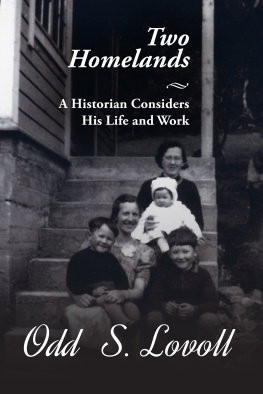
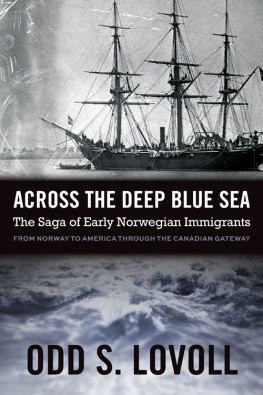


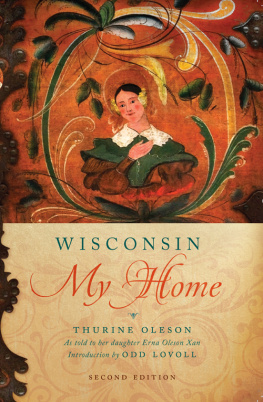
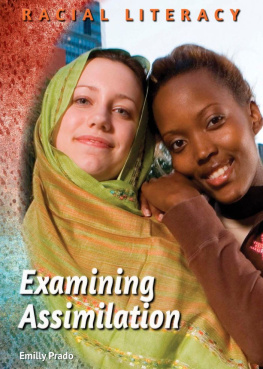
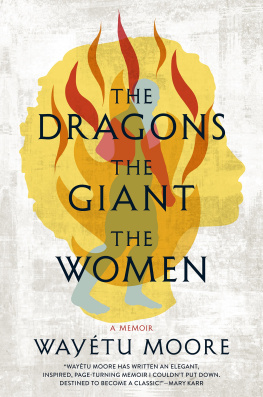
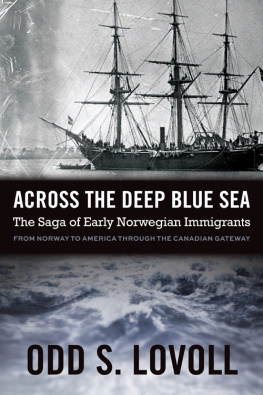





 The paper used in this publication meets the minimum requirements of the American National Standard for Information SciencesPermanence for Printed Library Materials, ANSI Z39.481984.
The paper used in this publication meets the minimum requirements of the American National Standard for Information SciencesPermanence for Printed Library Materials, ANSI Z39.481984.
